The Ultimate Guide to Flooring
When it comes to enhancing the aesthetic appeal and functionality of your home, choosing the right flooring is a crucial decision. Flooring sets the tone for your space, adds value to your property, and impacts the comfort and durability of your home environment.
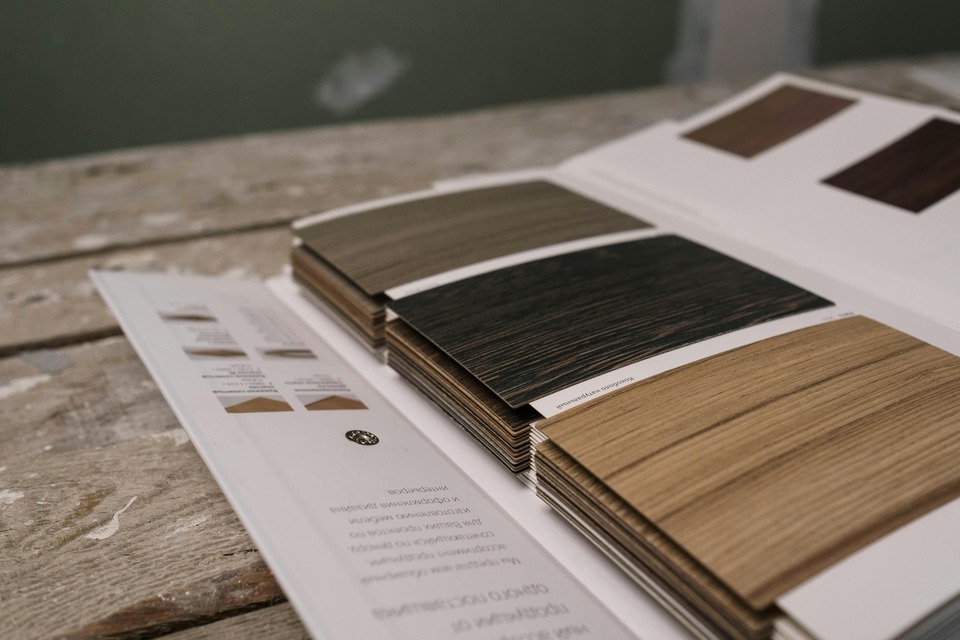
The Ultimate Guide to Flooring Installation: Types, Benefits, and FAQs
When it comes to enhancing the aesthetic appeal and functionality of your home, choosing the right flooring is a crucial decision. Flooring sets the tone for your space, adds value to your property, and impacts the comfort and durability of your home environment. In this comprehensive guide, we will explore the most popular types of flooring, their benefits, and answer frequently asked questions to help you make an informed decision.
Types of Flooring
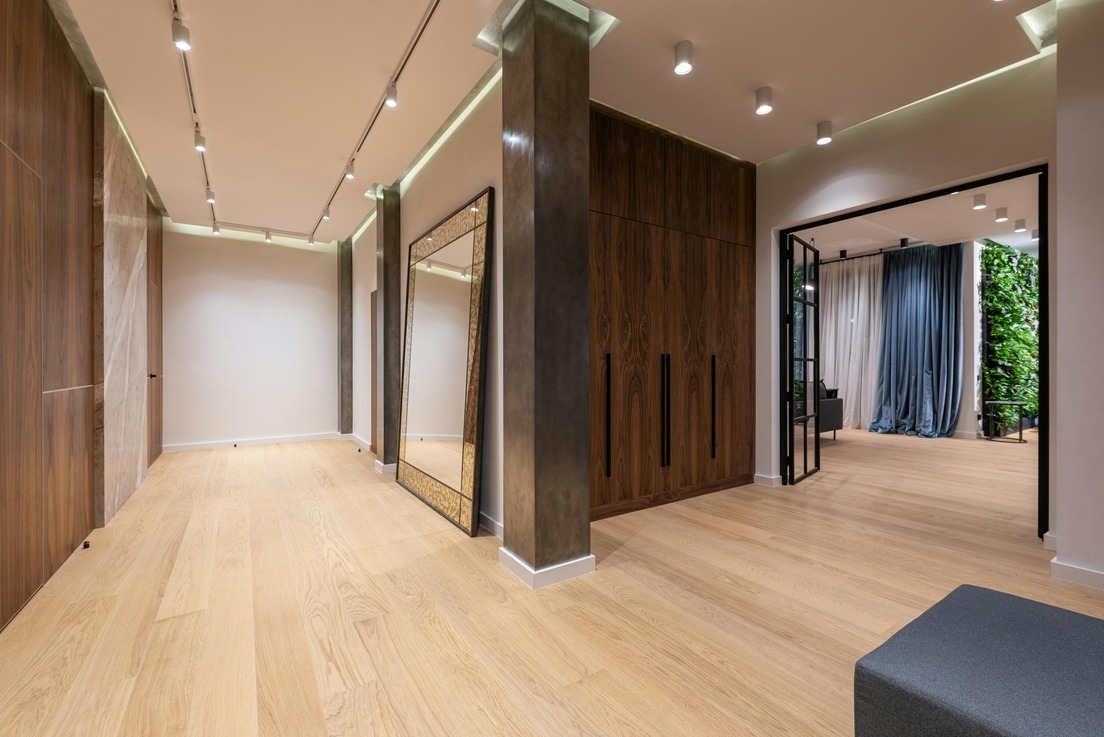
Laminate Flooring
Laminate flooring is a budget-friendly and durable option that mimics the appearance of hardwood, stone, or tile. It is made of multiple layers, including a tough external layer that resists scratches and wear.
- Pros: Affordable, easy to install, scratch-resistant.
- Cons: Susceptible to moisture damage.
- Best For: Living rooms, bedrooms, and areas with light to moderate foot traffic.
Installation Process: Laminate flooring typically uses a click-and-lock system, making it an excellent choice for DIY enthusiasts. The process involves preparing the subfloor, laying down underlayment, and snapping the planks into place.
Maintenance Tips:
- Sweep regularly to prevent dust and debris buildup.
- Avoid excessive water on the surface.
- Use furniture pads to prevent scratches.
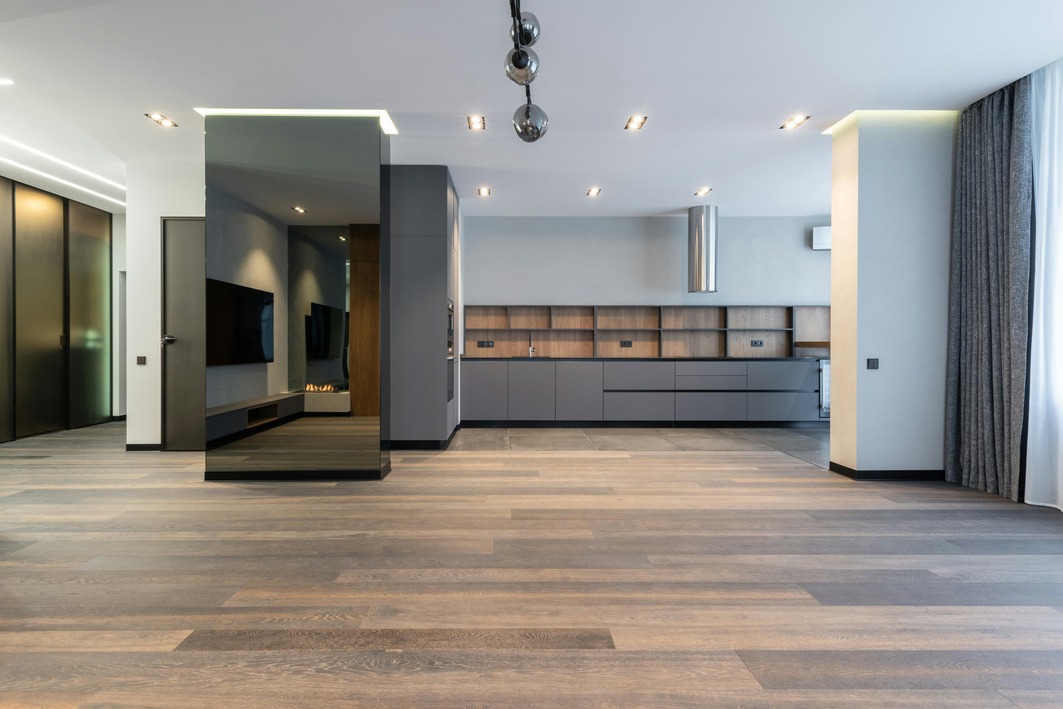
Hardwood Flooring
Known for its timeless beauty and durability, hardwood flooring adds value and sophistication to any home. Available in a variety of wood species, finishes, and plank sizes.
- Pros: Long-lasting, increases home value, classic aesthetic.
- Cons: Expensive, prone to scratches, requires regular maintenance.
- Best For: Living rooms, dining rooms, and bedrooms.
Installation Process: Hardwood flooring installation can be done via nailing, stapling, or gluing planks to the subfloor. Professional installation is often recommended for optimal results.
Maintenance Tips:
- Regularly sweep or vacuum.
- Use hardwood-specific cleaning products.
- Avoid dragging heavy furniture across the surface.
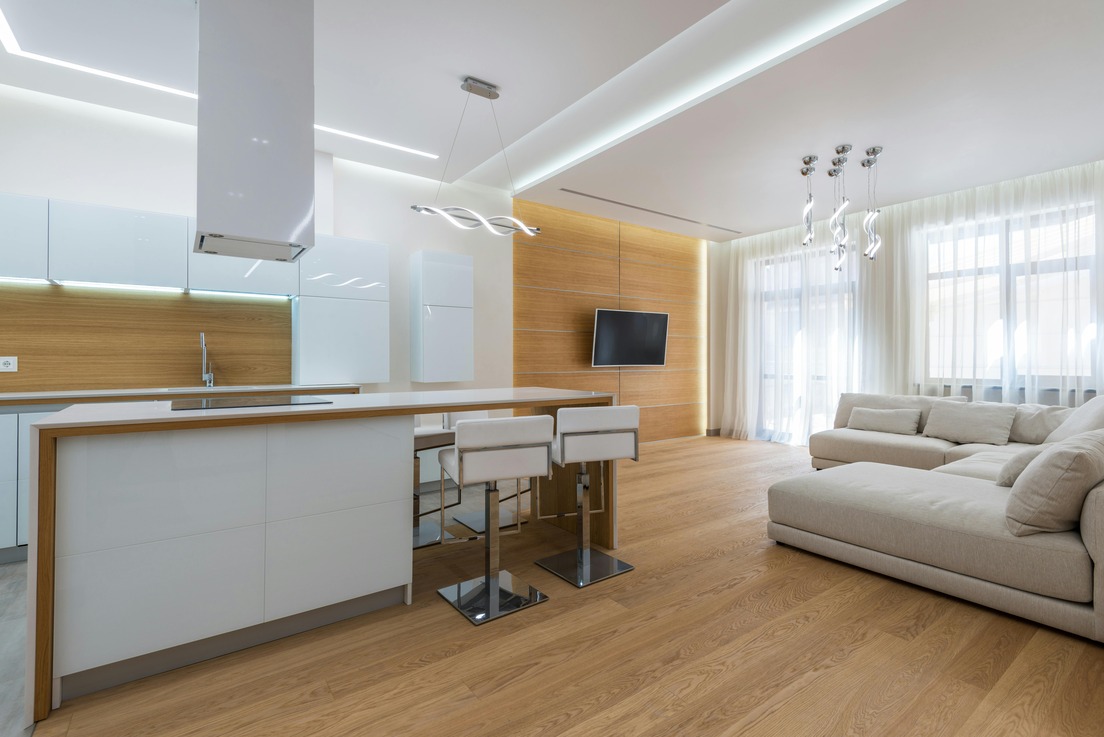
Vinyl Flooring
Vinyl flooring is a versatile and water-resistant option that can replicate the look of wood or stone. It is perfect for areas prone to spills and moisture.
- Pros: Waterproof, durable, easy to maintain.
- Cons: Can be prone to tearing under heavy furniture.
- Best For: Kitchens, bathrooms, and basements.
Installation Process: Vinyl flooring can be installed as sheets, planks, or tiles. It is often glued down or uses a floating floor system.
Maintenance Tips:
- Clean spills promptly.
- Use gentle floor cleaners.
- Avoid dragging sharp or heavy objects.
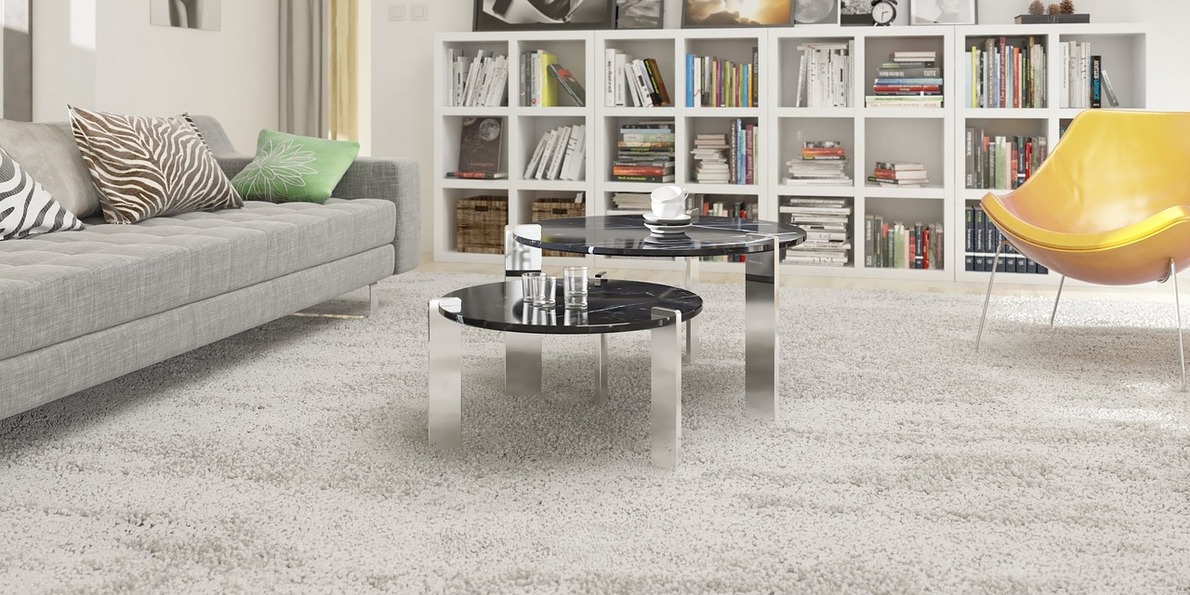
Carpet Flooring
Carpet adds warmth, comfort, and sound insulation to any room. It comes in various textures, colors, and patterns.
- Pros: Soft, comfortable, noise-reducing.
- Cons: Stains easily, requires frequent cleaning.
- Best For: Bedrooms, living rooms, and cozy spaces.
Installation Process: Carpet installation involves stretching and securing the carpet over a padded underlayer, ensuring it is tightly and evenly fitted.
Maintenance Tips:
- Vacuum frequently.
- Address spills and stains immediately.
- Schedule professional cleaning annually.
Why Professional Flooring Installation Matters
Professional flooring installation ensures:
- Proper alignment and fitting.
- Increased lifespan of your flooring.
- Reduced waste and errors during installation.
- Warranty protection.
Frequently Asked Questions (FAQs)
Q1: How do I choose the best type of flooring for my home?
A: Consider factors such as the room's purpose, foot traffic, moisture levels, and your budget.
Q2: How long does flooring installation take?
A: It varies depending on the type of flooring and room size but generally takes 1-3 days.
Q3: Can I install flooring myself?
A: While DIY is possible for some types like laminate or vinyl, professional installation ensures the best results.
Q4: How do I maintain my flooring?
A: Regular cleaning, using proper products, and avoiding excessive moisture can help extend your flooring's life.
Conclusion
Choosing the right flooring and ensuring professional installation are essential steps in creating a functional and stylish home. Whether you opt for laminate, hardwood, vinyl, or carpet, each type offers unique advantages. With the right maintenance, your floors can remain beautiful and functional for years to come.
If you're ready to transform your space, our team of experts is here to help!
Contact us today for a consultation and let us bring your flooring vision to life!
Pailux Home Design